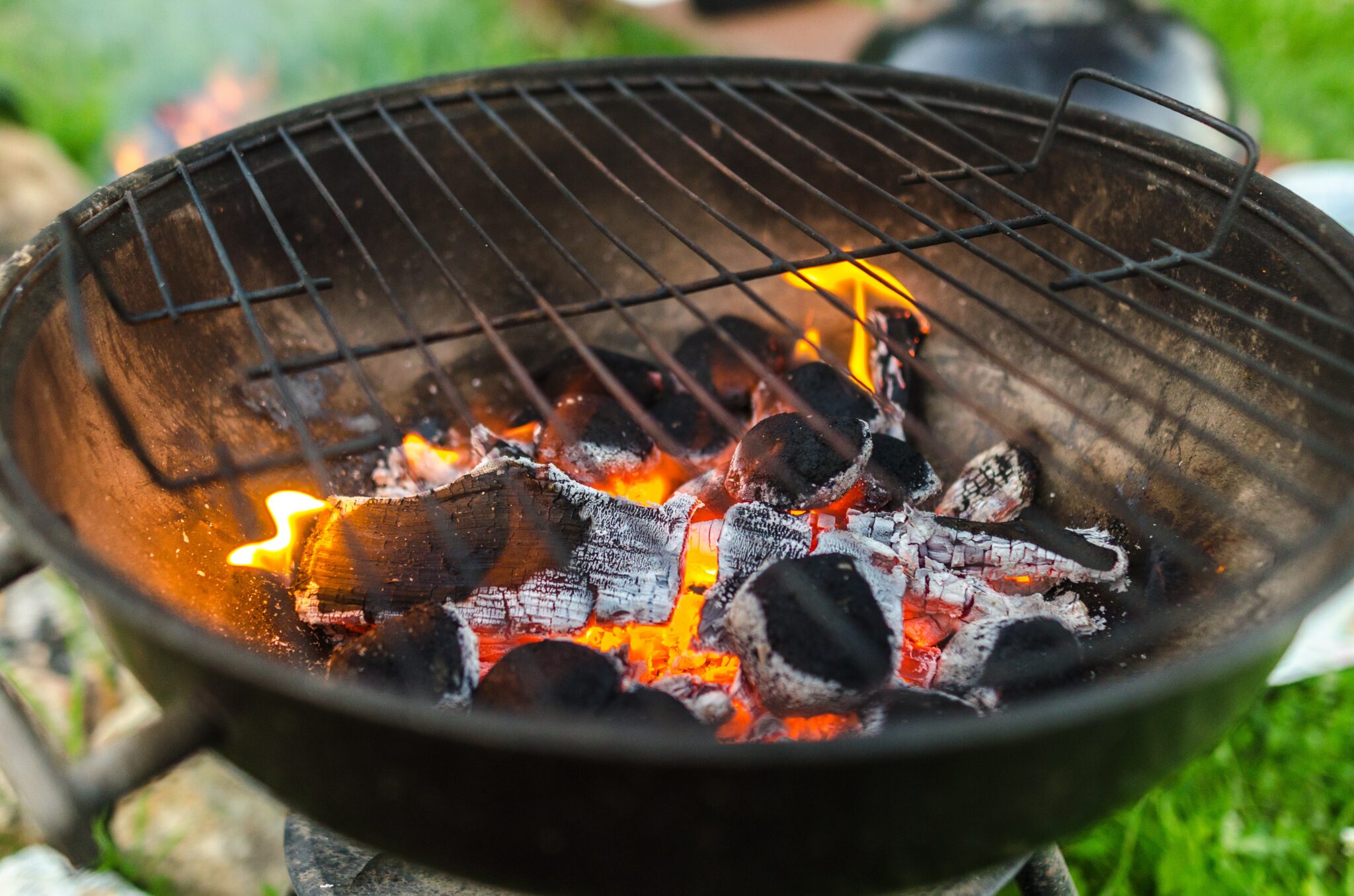

Articles
How Hot Do Charcoal Grills Get
Modified: February 27, 2024
Discover the article on how charcoal grills reach scorching temperatures. Find essential tips and advice for safe grilling.
(Many of the links in this article redirect to a specific reviewed product. Your purchase of these products through affiliate links helps to generate commission for Storables.com, at no extra cost. Learn more)
Introduction
When it comes to outdoor cooking, charcoal grills have long been a popular choice among barbecue enthusiasts. There’s just something about the smoky flavor and the charred sear that makes food cooked on charcoal grills incredibly delicious. But have you ever wondered, just how hot do charcoal grills get?
In this article, we will dive into the science behind charcoal grills and explore the factors that affect their heat generation. We will also discuss the maximum temperature potential of these grills and provide some safety considerations to keep in mind while using them. Finally, we will share some tips on how to manage grill temperature effectively.
Whether you are a seasoned grilling pro or a novice looking to explore the world of charcoal grilling, understanding the heat dynamics of a charcoal grill is essential for achieving optimal cooking results. So, let’s get started and uncover the fiery secrets behind the scorching temperatures of charcoal grills.
Key Takeaways:
- Mastering the art of charcoal grilling involves understanding the science behind heat generation, managing airflow, and utilizing the right charcoal type to achieve optimal cooking temperatures and delicious smoky flavors.
- Prioritizing safety, controlling grill temperature with preheating, vent adjustments, and heat zones, and using water pans and grill thermometers are essential for achieving precise and perfect charcoal grilling results.
Read more: How To Get Charcoal Grill Hotter
The Science Behind Charcoal Grills
Understanding the science behind charcoal grills requires delving into the combustion process. When you light up charcoal, it undergoes a chemical reaction known as pyrolysis, where the heat breaks down the organic material present in the charcoal into volatile gases and charcoal residue.
These volatile gases, including hydrogen, methane, and carbon monoxide, then ignite and produce a flame, which is the primary source of heat in a charcoal grill. As the charcoal burns, it releases heat energy in the form of infrared radiation.
Moreover, the airflow in the grill plays a crucial role in determining the temperature. Charcoal grills have vents that can be adjusted to control the amount of oxygen entering and exiting the grill. More oxygen means a hotter fire, while less oxygen leads to a decrease in heat. Additionally, the placement of the coals and the grill’s design influence the distribution of heat throughout the cooking surface.
It’s important to note that different types of charcoal can have varying effects on the heat generated. Lump charcoal, made from hardwood, burns hotter and faster than briquettes, which are formed by compressing charcoal dust with binders.
Understanding these fundamental principles of combustion and airflow helps us better manage and control the temperature of a charcoal grill, allowing for precise cooking and better results.
Factors Affecting Heat Generation
Several factors can impact the heat generation of a charcoal grill. Understanding these factors will help you manipulate and optimize the temperature for your specific grilling needs.
Type and Amount of Charcoal: The type of charcoal used can greatly affect the heat output. As mentioned earlier, lump charcoal burns hotter and faster than briquettes. Additionally, the amount of charcoal used also plays a role. More charcoal will generate more heat, while less charcoal will produce lower temperatures.
Ventilation: The amount of oxygen entering the grill through the vents directly affects the heat intensity. Opening the vents wide allows for a greater air supply and increased heat, while closing them partially restricts airflow and results in lower temperatures.
Fire Management: Proper fire management is crucial for controlling the heat in a charcoal grill. If you want a high heat level, spread the coals evenly and close the lid to trap the heat inside. For lower temperatures, arrange the coals to create a cooler zone and keep the lid slightly open to allow for better airflow.
Wind Conditions: Wind can significantly impact the heat generation of a charcoal grill. Strong winds can cause the heat to dissipate quickly, making it difficult to maintain high temperatures. Positioning the grill in a sheltered area or using a windbreak can help minimize this effect.
Altitude: It’s important to note that cooking at higher altitudes can affect the temperature and cooking time due to lower air pressure. At higher elevations, the reduced oxygen levels can result in longer cooking times and lower heat output. Adjusting cooking times and heat levels accordingly is necessary in such cases.
By understanding and controlling these factors, you can tailor the heat generation of your charcoal grill to suit the specific requirements of your grilling recipes, ensuring perfectly cooked meals every time.
Maximum Temperature Potential
Charcoal grills are known for their ability to reach high temperatures, and the maximum temperature potential can vary depending on several factors.
Type of Charcoal: As mentioned earlier, the type of charcoal used can impact the maximum temperature. Lump charcoal, with its natural composition and lack of binders, tends to burn hotter and can reach higher temperatures compared to briquettes.
Airflow: Adequate airflow is crucial for reaching high temperatures in a charcoal grill. Opening the vents fully allows for maximum oxygen intake and optimal combustion, resulting in hotter temperatures. Properly managing the vents can help you achieve the desired heat levels.
Grill Design: The design and construction of the charcoal grill can also affect the maximum temperature potential. A grill with a lid that fits tightly and retains heat well will have greater efficiency in reaching higher temperatures. Insulated grills will also help maintain high heat levels for an extended period.
External Factors: External factors like ambient temperature and weather conditions can also impact the maximum temperature potential. Cold or windy weather can make it more challenging to reach and maintain high temperatures, as heat can escape more rapidly from the grill. Taking these factors into account is necessary when aiming for extremely high heat levels.
On average, charcoal grills can reach temperatures ranging from 400 to 700 degrees Fahrenheit (204 to 371 degrees Celsius). However, with the right combination of charcoal type, proper ventilation, grill design, and external conditions, some charcoal grills have the potential to reach temperatures as high as 900 degrees Fahrenheit (482 degrees Celsius) or even higher.
It’s important to note that cooking at extremely high temperatures requires caution and may not be suitable for all types of food. It’s always recommended to follow specific recipe instructions and use a meat thermometer to ensure food safety and desired doneness.
Understanding the maximum temperature potential of your charcoal grill allows you to explore various cooking techniques and achieve precise heat control for different grilling needs, from searing steaks to slow-cooking ribs.
When using a charcoal grill, it’s important to know that the temperature can reach up to 700-900°F (370-480°C). Use a thermometer to monitor the heat and always use caution when grilling.
Safety Considerations
While charcoal grills provide a fantastic cooking experience, it’s essential to prioritize safety to prevent accidents and ensure an enjoyable grilling session. Here are some important safety considerations to keep in mind when using a charcoal grill:
Location: Place your charcoal grill on a stable, non-flammable surface, away from any combustible materials such as plants, trees, furniture, or flammable liquids. Ensure there is ample space around the grill to prevent accidental fires.
Ventilation: Use your charcoal grill in a well-ventilated area to prevent the buildup of carbon monoxide. Avoid grilling in enclosed spaces like garages or indoors, as carbon monoxide can quickly accumulate and pose a serious health hazard.
Lighting Charcoal: Follow the manufacturer’s instructions for lighting charcoal safely. Avoid using lighter fluid or accelerants once the charcoal is already ignited, as this can cause flare-ups or uncontrollable fires. Use a chimney starter or electric starter to light the charcoal, ensuring a safer and more controlled process.
Fire Extinguishing and Cleanup: Always keep a fire extinguisher or a bucket of sand nearby in case of emergencies. Use long-handled tools to handle hot charcoal, and never dispose of the ashes immediately after grilling. Allow the charcoal to cool completely before properly disposing of the ashes to prevent accidental fires.
Children and Pets: Keep children and pets at a safe distance from the grill to avoid burns or injuries. Educate them about the potential dangers of a hot grill and never leave the grill unattended when in use.
Protective Gear: Use heat-resistant mitts and long-handled tools to protect yourself from burns while handling hot charcoal and grilling accessories.
By adhering to these safety considerations, you can ensure a safe and enjoyable grilling experience for you and your loved ones. It’s important to practice responsible grilling and remain vigilant at all times, prioritizing safety above all else.
Read more: How Do You Start A Charcoal Grill
Tips for Managing Grill Temperature
Managing and controlling the temperature of your charcoal grill is key to achieving perfectly cooked meals. Here are some helpful tips to help you effectively manage grill temperature:
Preheating: Preheating your charcoal grill is essential to ensure even heat distribution. Light the charcoal and let it burn for about 15-20 minutes until it is ashed over and glowing red. This will allow the grill grates to get hot and help maintain a consistent temperature throughout the cooking process.
Indirect and Direct Heat Zones: Creating both indirect and direct heat zones on your grill gives you flexibility in cooking different types of food. For direct heat grilling, place the food directly over the coals for high heat searing. For indirect heat cooking, move the coals to one side of the grill and place the food on the opposite side for slower, more gentle cooking.
Adjusting Vents: Use the vents on your charcoal grill to control airflow and temperature. Opening the vents wide will increase oxygen intake and raise the temperature, while partially closing them restricts airflow and lowers the heat. Experiment with the vent adjustments to find the sweet spot for your desired temperature.
Adding or Removing Coals: If you need to increase the heat, add more charcoal to the grill. Conversely, if the temperature is too high, you can remove some coals to reduce the heat output. Be cautious when adding or removing coals to prevent flare-ups or sudden temperature changes.
Water Pan: Placing a water pan underneath the grill grate can help regulate temperature and prevent flare-ups. The water evaporates, creating a moist environment that helps maintain a more stable heat. It also helps to keep the meat juicy by adding moisture to the cooking process.
Use a Grill Thermometer: Invest in a reliable grill thermometer to accurately measure the temperature inside the grill. This will help you monitor the heat and make necessary adjustments to maintain consistent cooking temperatures.
Lid Management: Opening the lid too frequently can cause fluctuations in temperatures. Keep the lid closed as much as possible to retain heat and achieve even cooking. Open the lid only when necessary to check or flip the food, or to adjust the coals or vents.
By following these tips, you’ll have better control over the temperature of your charcoal grill, allowing you to cook a wide variety of dishes with precision and perfection.
Conclusion
Charcoal grilling is a time-honored tradition that allows us to savor the unique flavors and experience the joy of outdoor cooking. Understanding the science behind charcoal grills and the factors that affect their heat generation is crucial for achieving optimal results in your grilling endeavors.
From the pyrolysis of charcoal to the role of airflow and ventilation, each aspect contributes to the intense heat and smoky flavor that charcoal grills offer. By using the right type and amount of charcoal, managing the vents, and considering external factors like wind and altitude, you can manipulate the temperature to suit your cooking needs.
It’s important to prioritize safety when using a charcoal grill. Position it in a safe location, maintain proper ventilation, and use caution while lighting and handling hot charcoal. Following safety protocols ensures a worry-free and enjoyable grilling experience for everyone involved.
When it comes to managing grill temperature, techniques like preheating, creating heat zones, adjusting vents, and using water pans can help you achieve precise control over the heat levels. Monitoring the temperature with a reliable grill thermometer and managing the lid openings further enhances your grilling prowess.
Whether you’re searing steaks, slow-cooking ribs, or grilling vegetables, mastering the art of managing grill temperature will elevate your grilling game and impress your friends and family with perfectly cooked meals every time.
So, fire up your charcoal grill, embrace the smoky flavors and the sizzle of the grill, and enjoy the journey of outdoor cooking as you explore the wide range of culinary possibilities that charcoal grilling has to offer.
Frequently Asked Questions about How Hot Do Charcoal Grills Get
Was this page helpful?
At Storables.com, we guarantee accurate and reliable information. Our content, validated by Expert Board Contributors, is crafted following stringent Editorial Policies. We're committed to providing you with well-researched, expert-backed insights for all your informational needs.
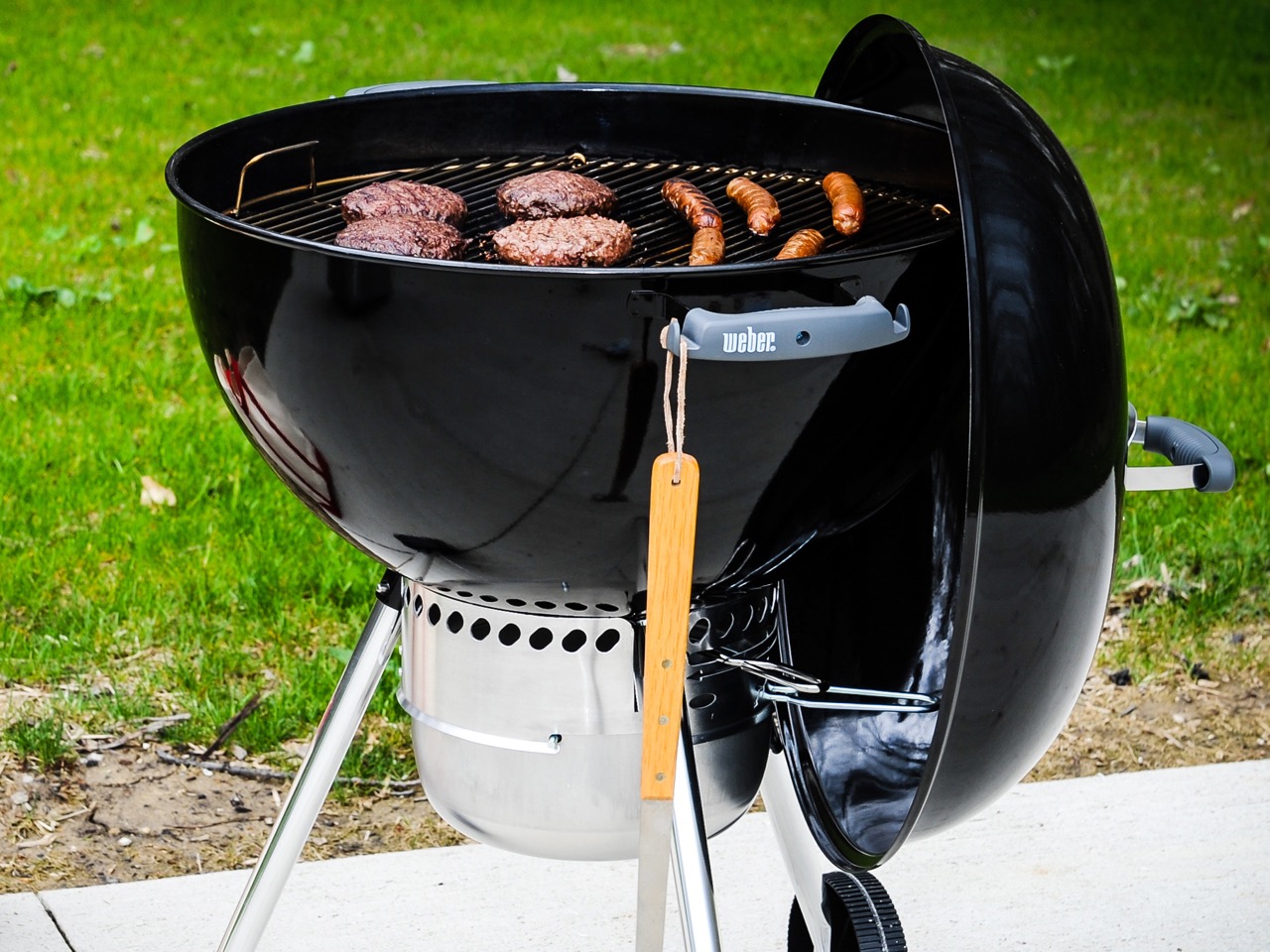
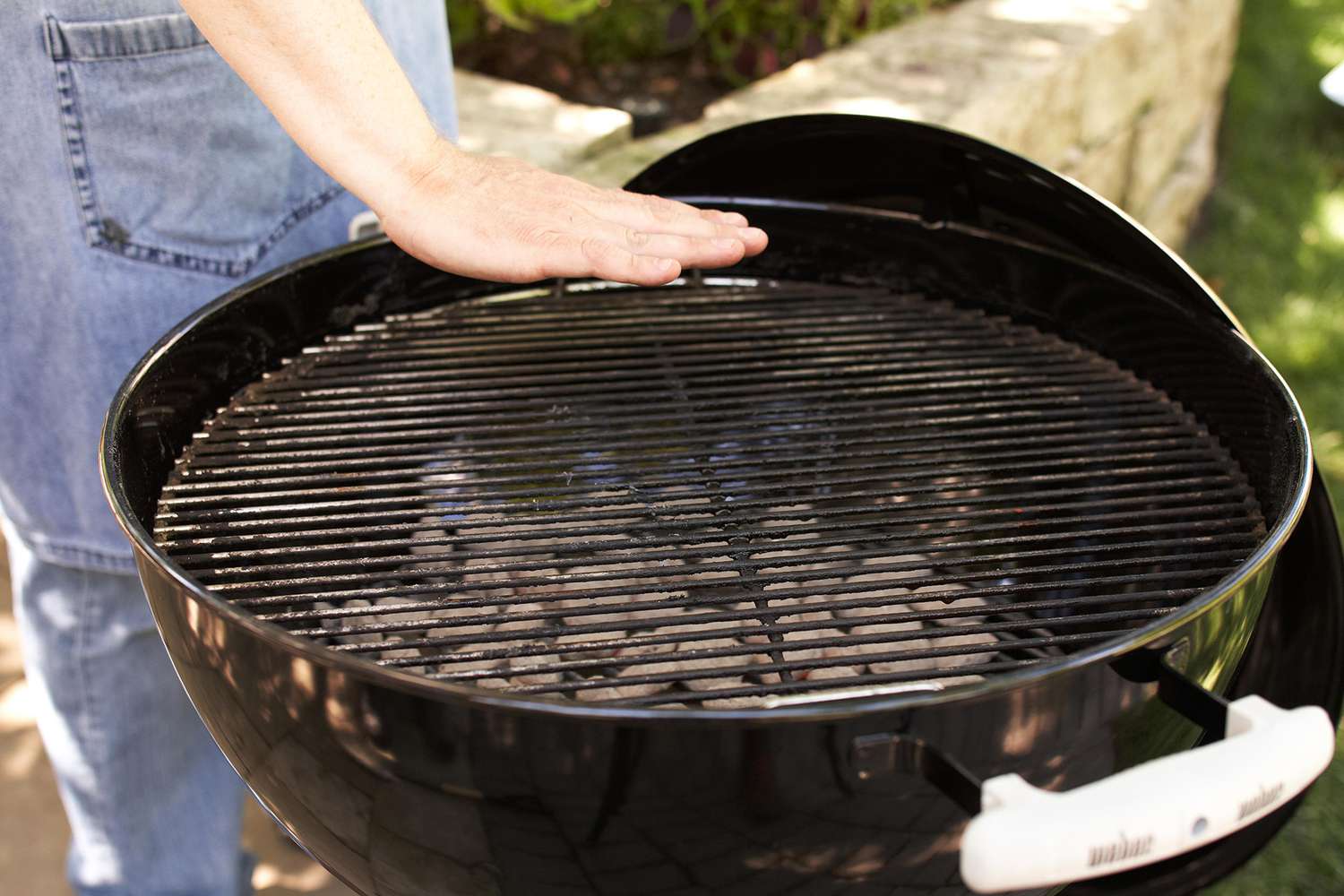
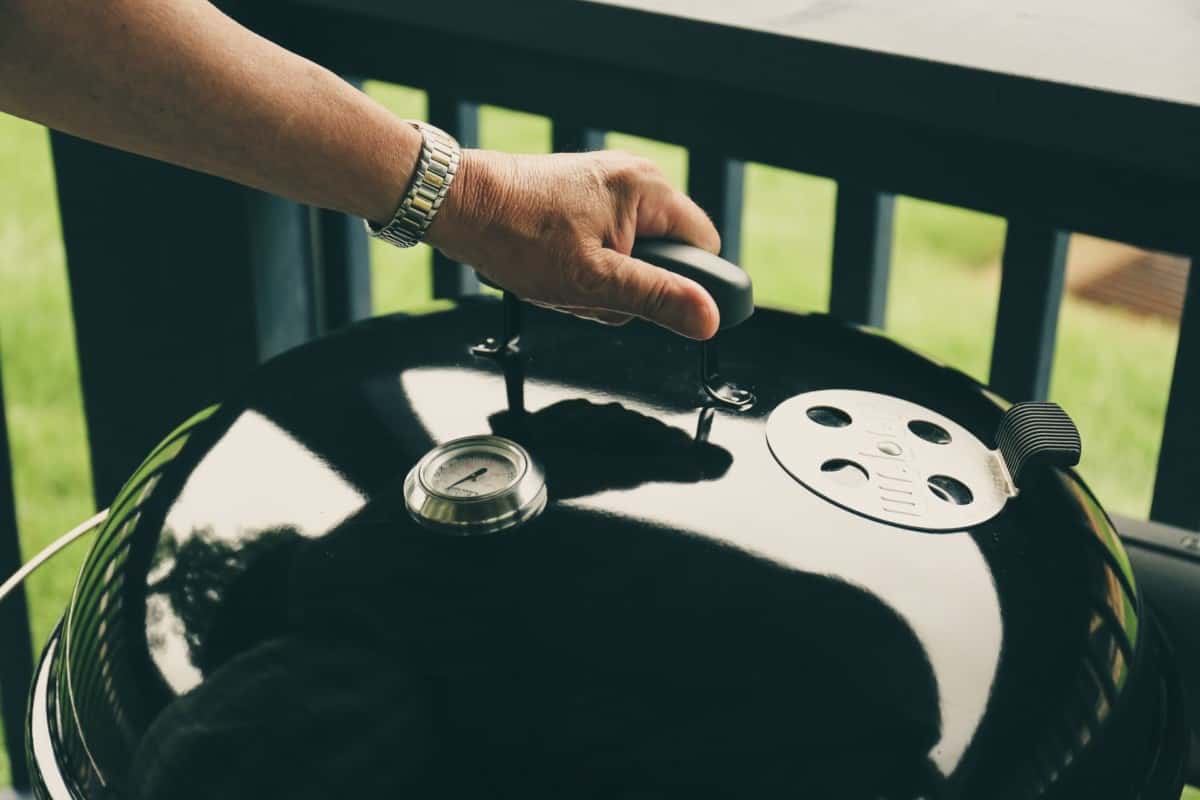
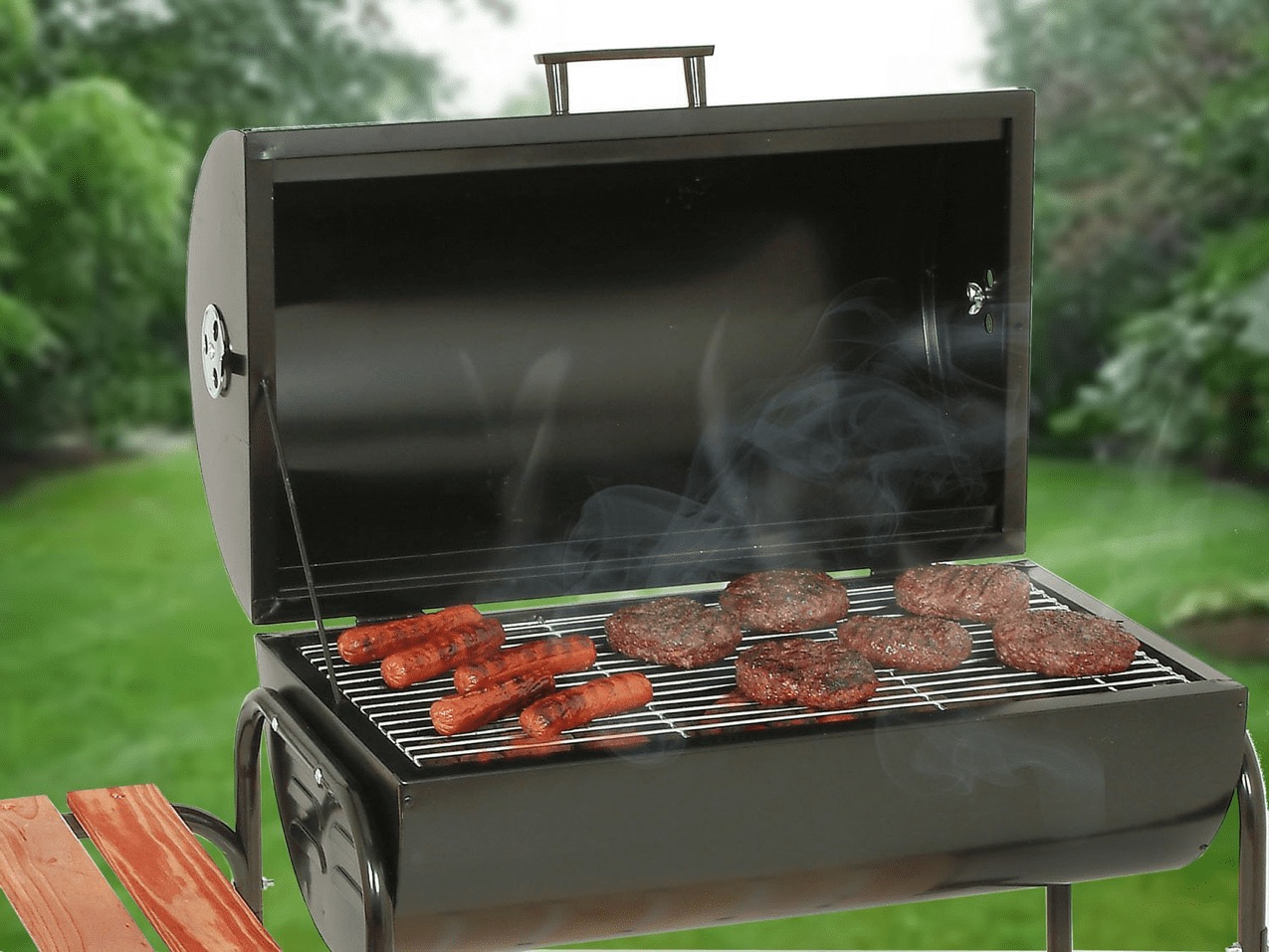
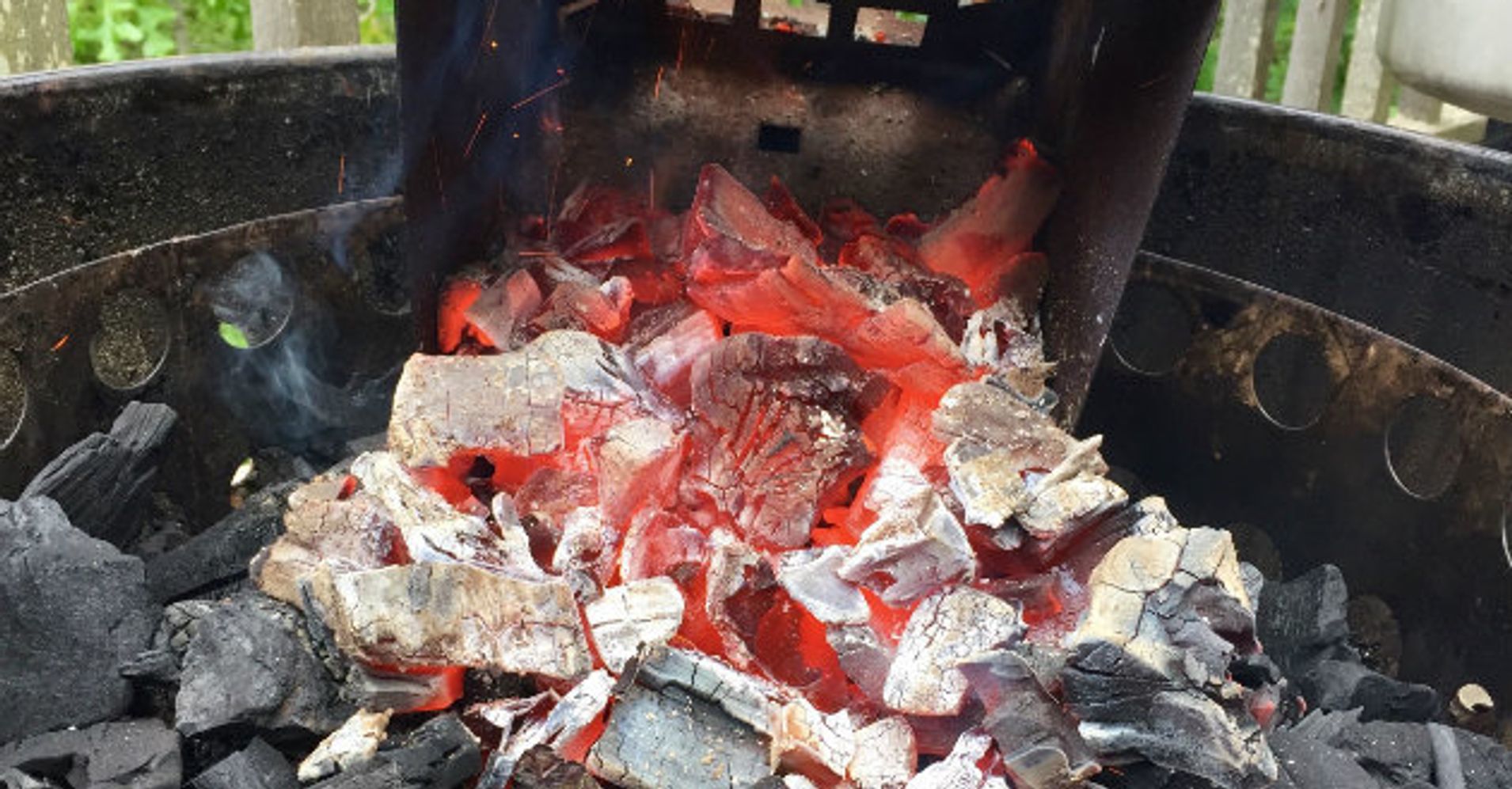
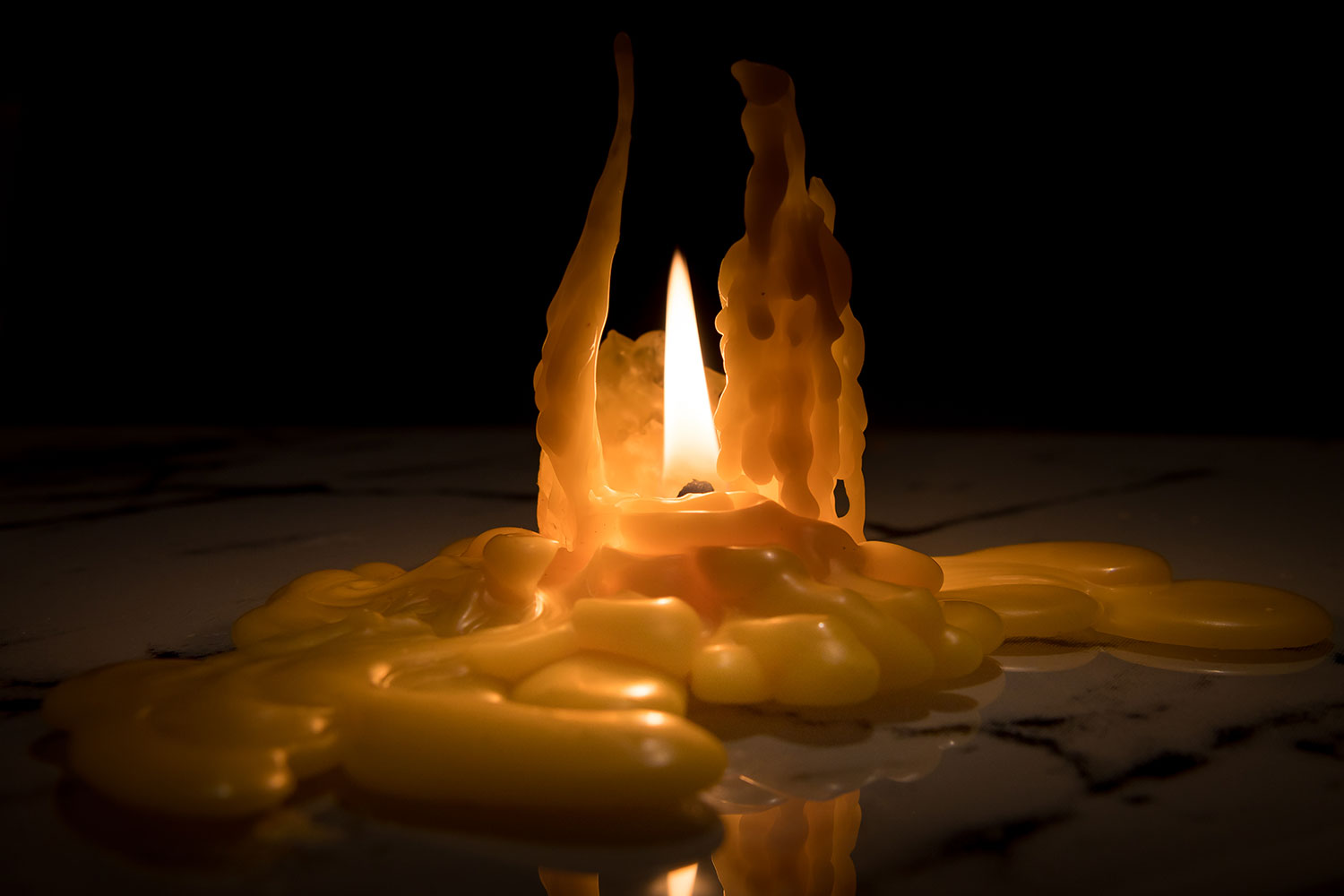
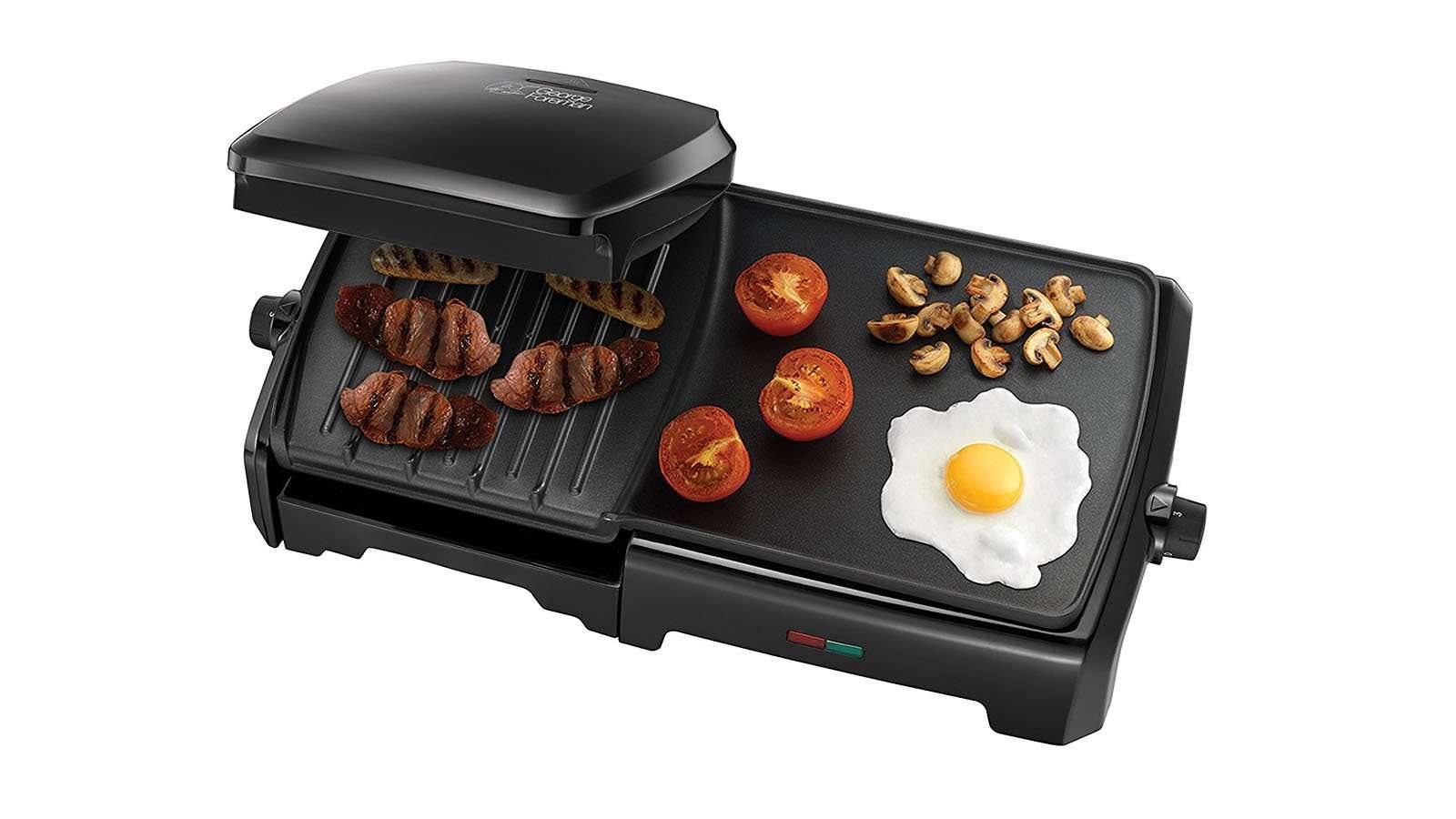
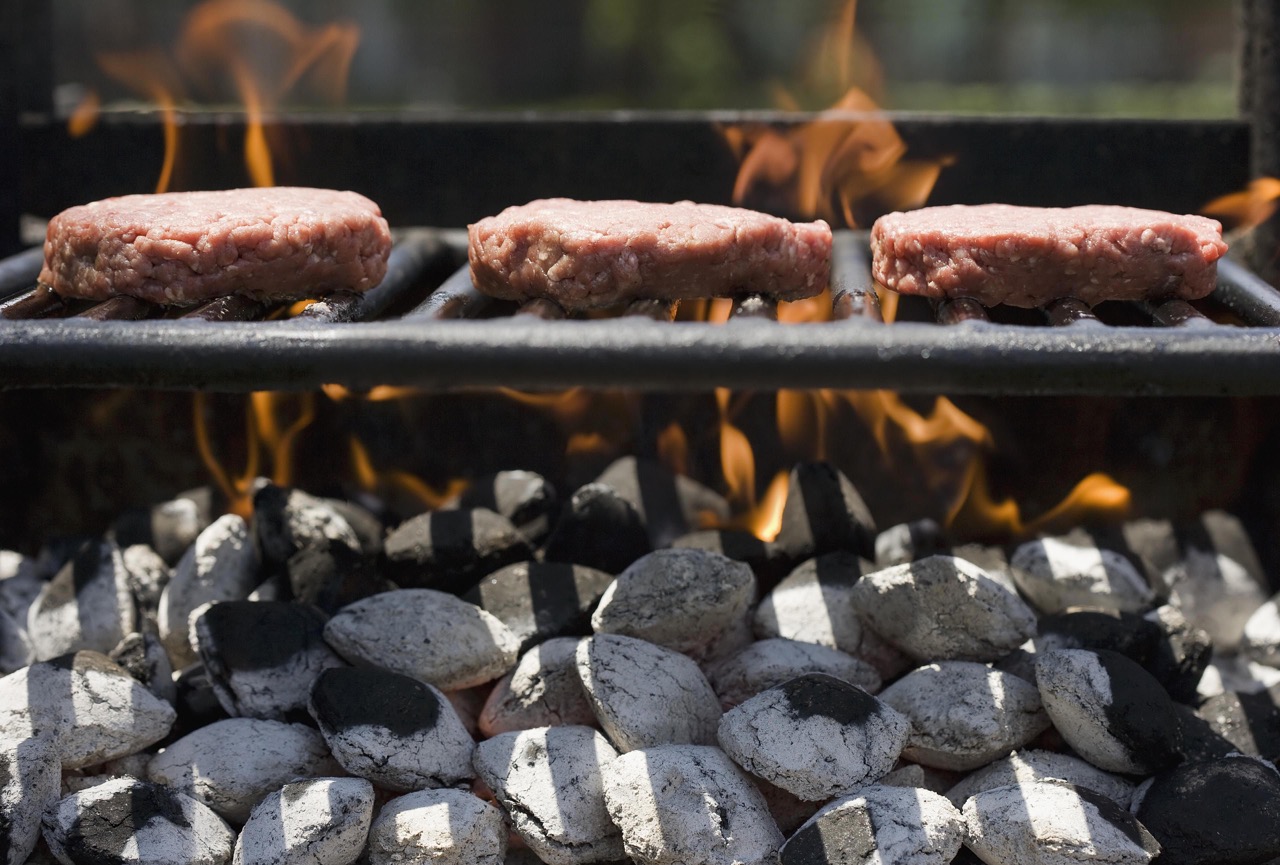
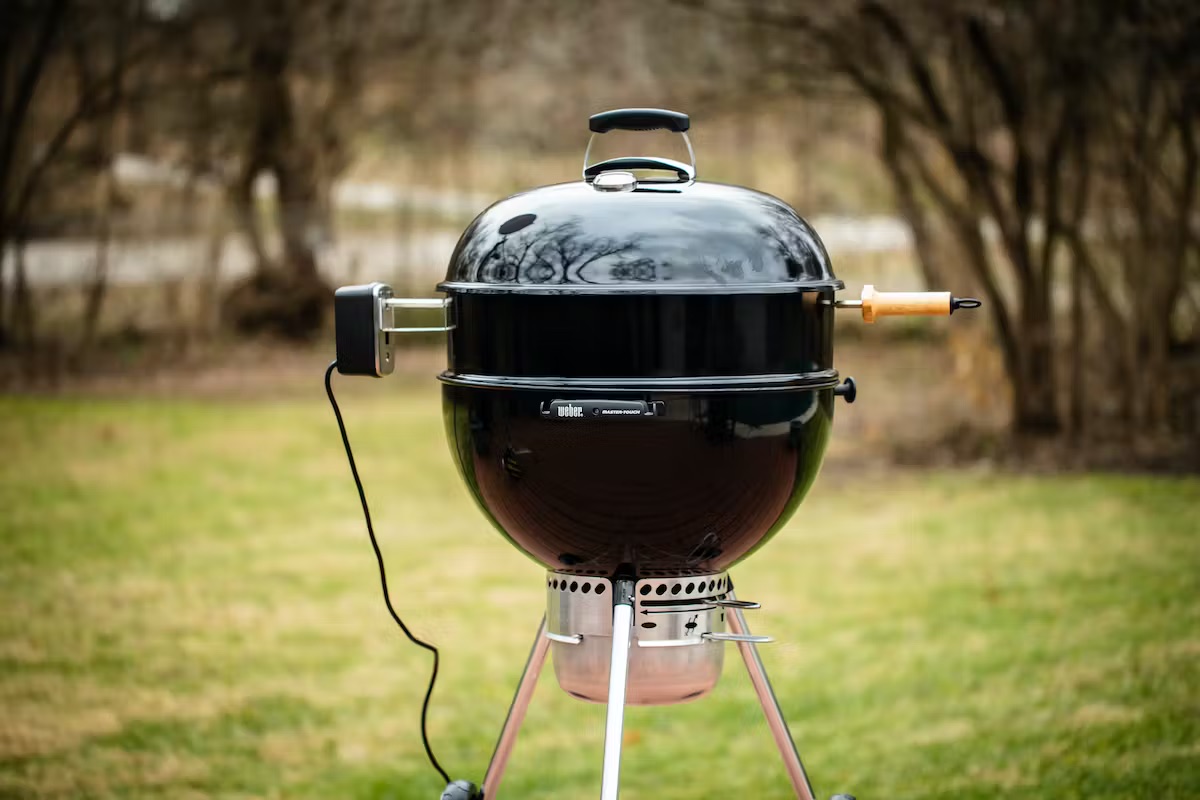
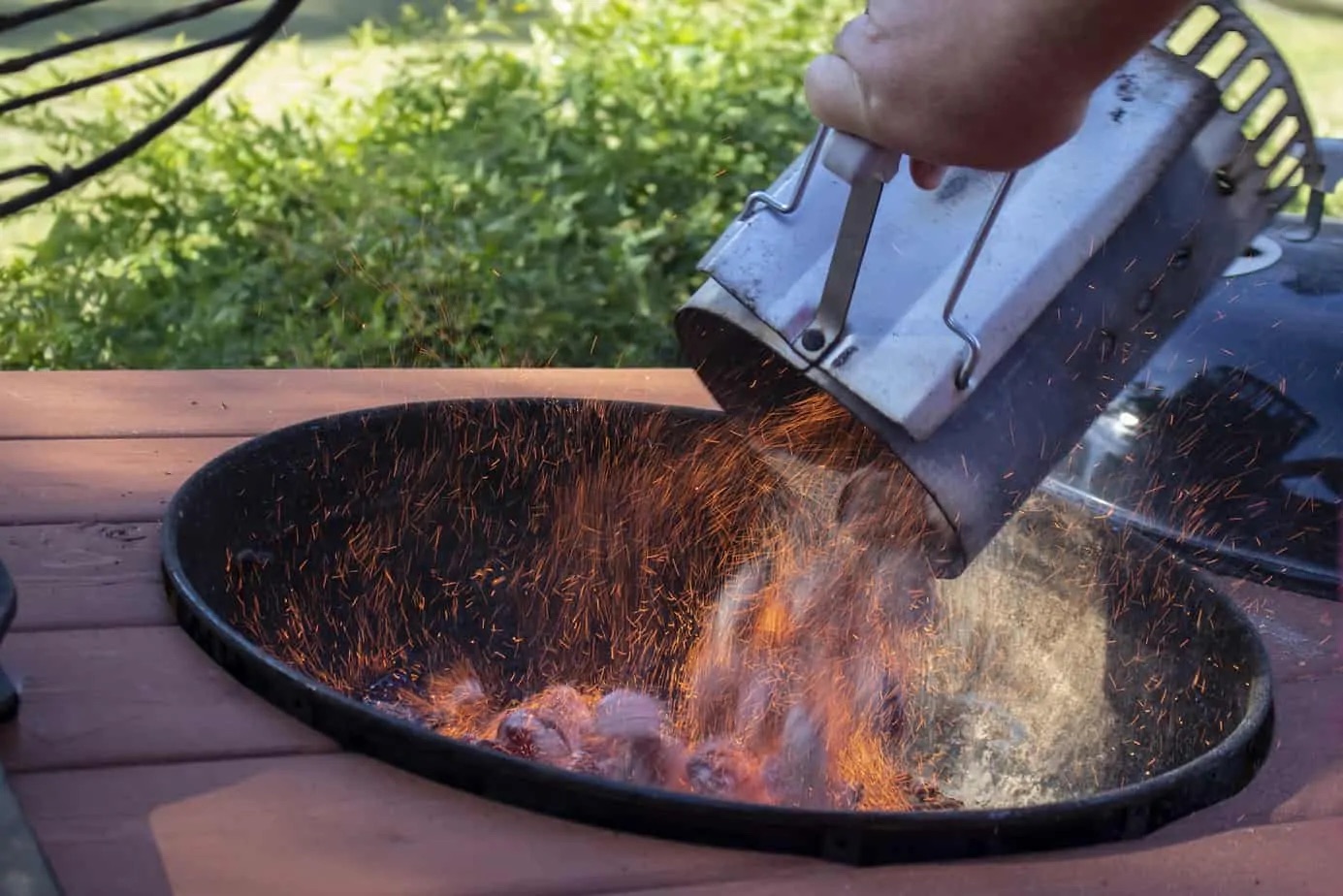
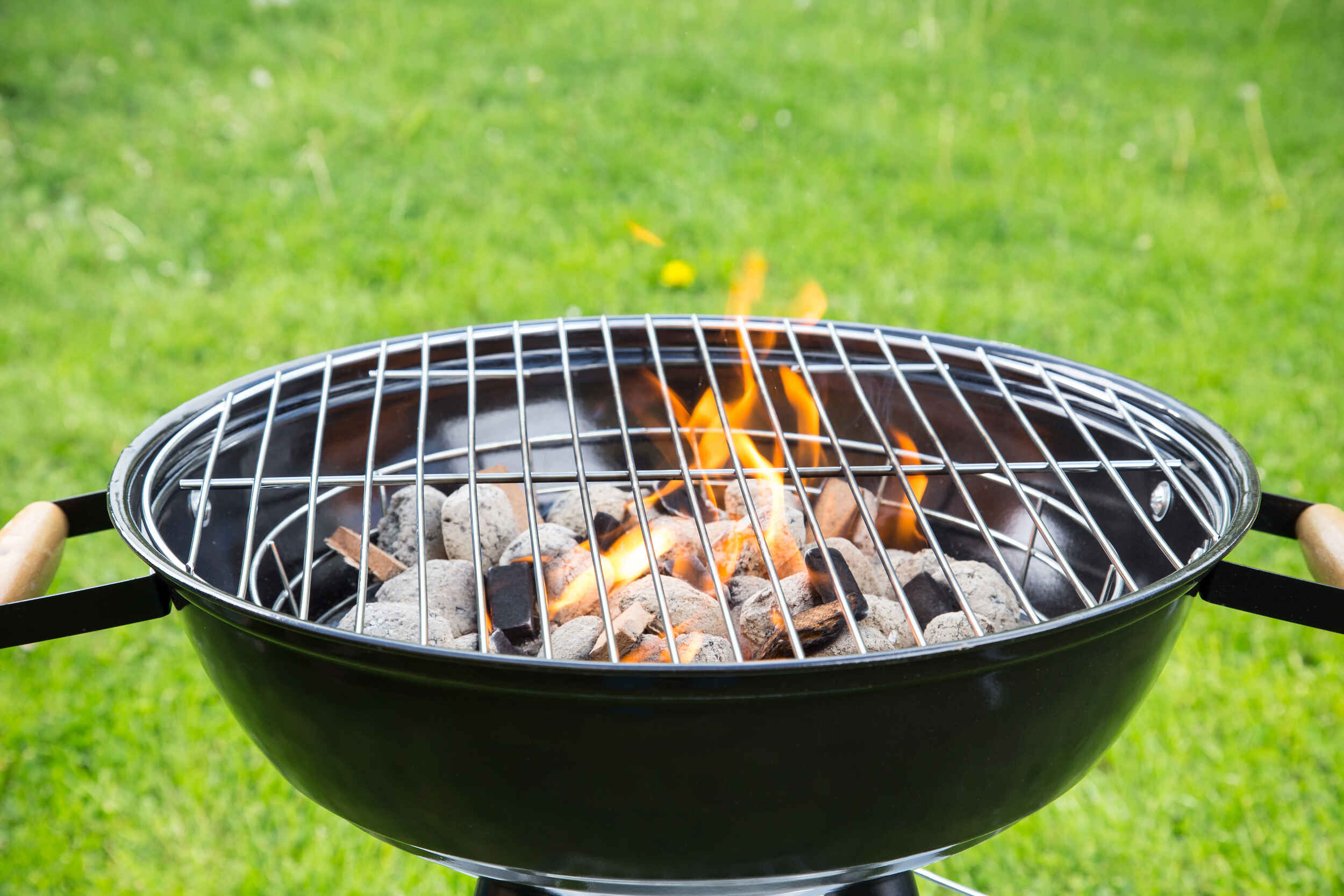
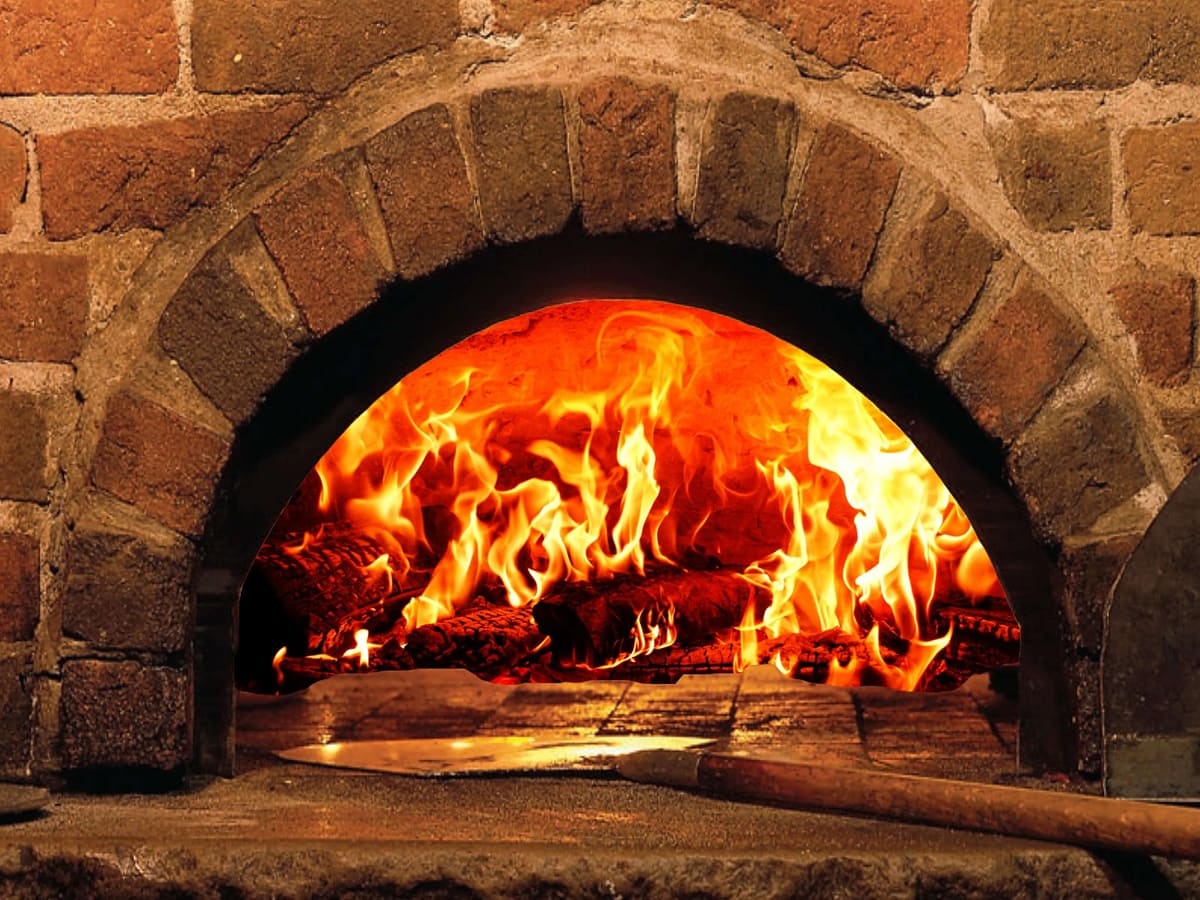
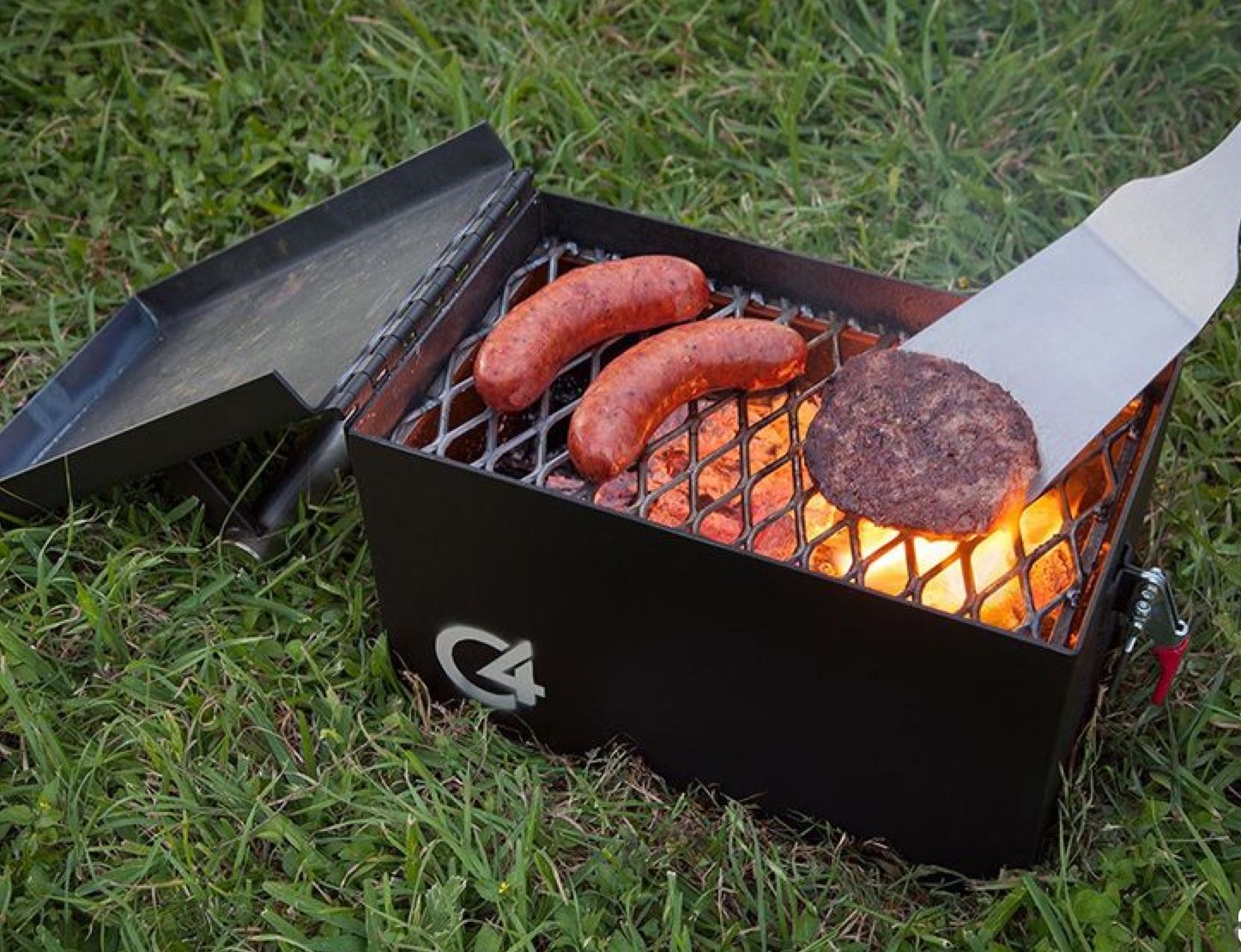
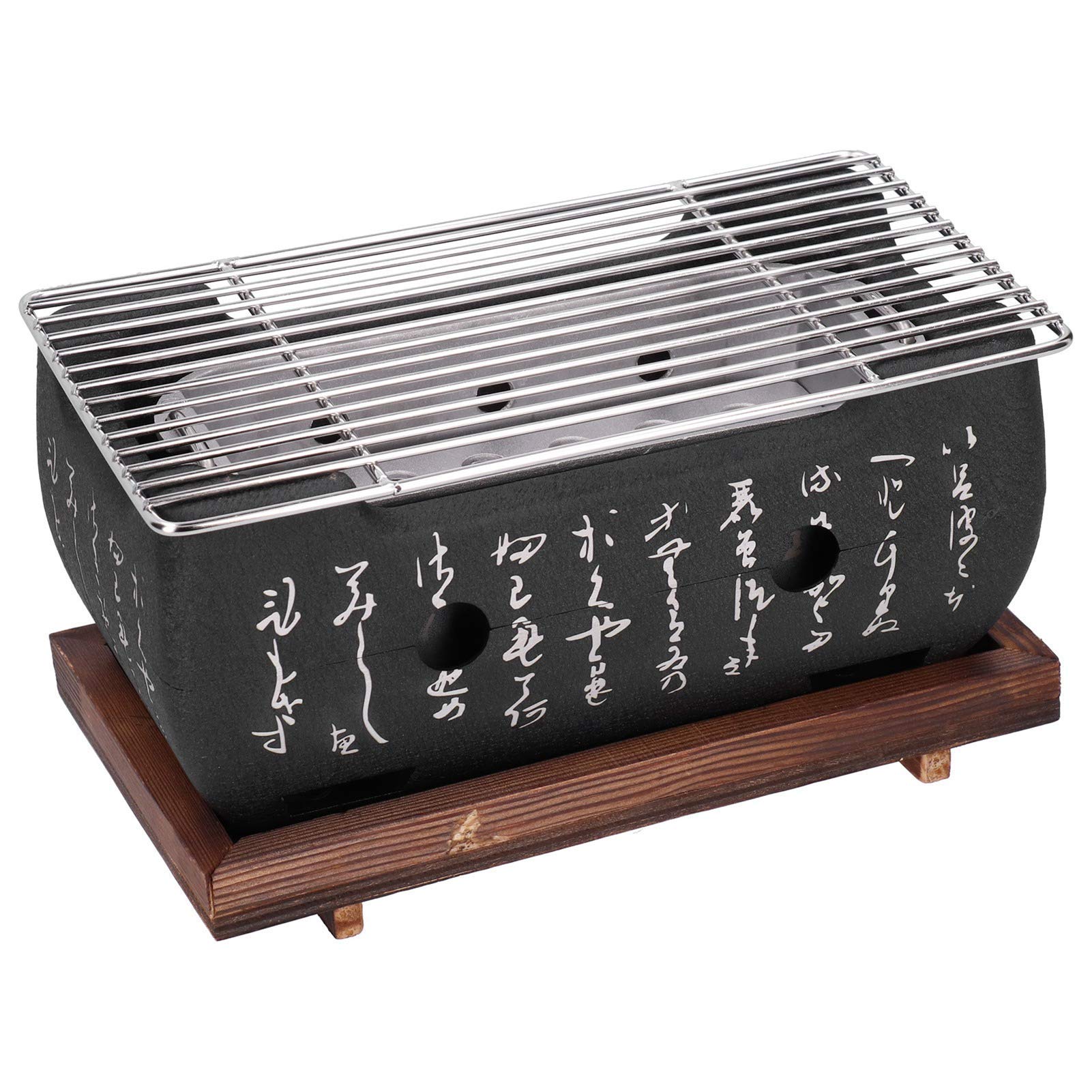

0 thoughts on “How Hot Do Charcoal Grills Get”